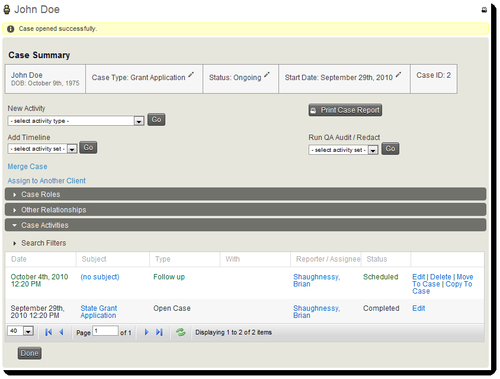Overview of this book
CiviCRM is a web-based, open source CRM system, designed specifically to meet the needs of advocacy, non-profit and non-governmental organizations. Elected officials, professional/trade associations, political campaigns and parties, government agencies, and other similar organizations are among its growing number of enthusiastic users. This book shows you how to harness CiviCRM’s impressive array of possibilities as you develop and execute performance-critical CRM strategies.
This book will help you become familiar with the structure and main functions of CiviCRM. It will guide you in developing and successfully implementing a CRM strategy for your organization using detailed explanations and practical examples.
Using CiviCRM walks you through developing a CRM Implementation Plan that is suited to your organization's size, culture, and needs. Readers will take away many constituent relationship management best practices and the knowledge of how to implement them with CiviCRM. Benefits of Using CiviCRM will be felt across your organization, and help it better achieve its mission.
Overall, your organization will interact with constituents more effectively and handle staff growth and transitions by tracking all contacts and interactions with them in a system shared across the organization. Gathering and analyzing data about your constituents and their interactions with your organization will better inform your decisions.
If your organization fundraises, you’ll be able to raise more money and reduce costs by identifying qualified prospects for targeted fundraising initiatives. We show how to attract new prospects and convert them to donors using online, direct mail, telemarketing and direct contact channels Using CiviCRM. You’ll learn why and how to set up and then grow your monthly donor program, as well as improve the frequency, average donation amounts, and retention rates of your donor base.
With this book you’ll be able to reduce the burden on administrative resources by providing online payments and self-service options for event registrations and membership renewals. You can increase the likelihood your existing subscribers will become more involved with your organization, ensure more of your members show up to volunteer, identify potential leaders and steward their volunteer activities
Finally, you'll be making relevant information easily available that quantifies what a great job you've been doing, including the number of hours that volunteers gave to your organization last year, the number of cases managed, or the number of new viral signups from your latest urgent action e-mail.




